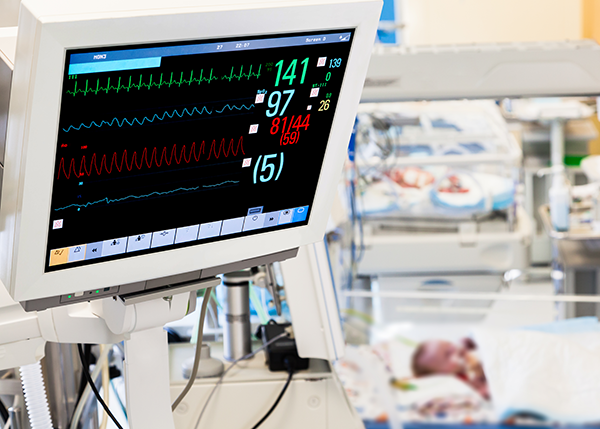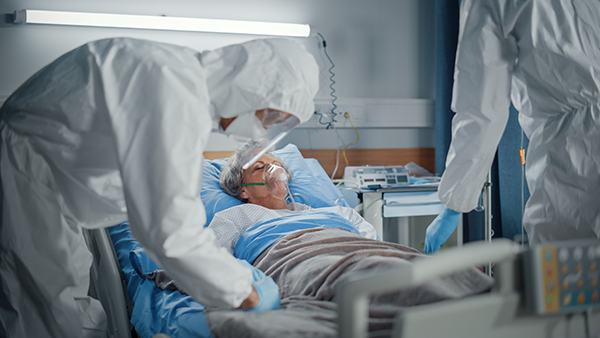Why Should I Work In The ER
Are you considering a career change or contemplating your path in the medical field? Working in the Emergency Room (ER) is not just a job; it’s an exhilarating and rewarding experience that comes with its unique set of challenges and opportunities. Here are compelling reasons why you should consider...
Read moreElevate Your Style with ER Life Apparel: Where Cool Meets Comfort
Welcome to ER Life Apparel, where fashion meets function, and style intertwines seamlessly with comfort. Embrace the cool factor with our curated collection of clothing designed to complement your dynamic lifestyle.Why It’s Cool to Have ER Life Apparel:Express Your Identity: ER Life Apparel isn’t just clothing; it’s a statement....
Read moreUnveiling the Unusual: Chronicles from the ER’s Strangest Encounters
The Emergency Room (ER) is a hub of activity, filled with the unexpected and the extraordinary. From peculiar accidents to puzzling medical mysteries, here’s a peek into some of the strangest things that healthcare professionals encounter in the ER:1. Foreign Objects: One of the more common peculiarities involves patients...
Read moreThe Heart of Healthcare: Making a Difference by Helping People in the ER
In the Emergency Room (ER), every second counts, and the work of healthcare professionals becomes a lifeline for those in critical need. If you’ve ever wondered about the profound impact of helping people in the ER, here’s a glimpse into the heart of healthcare:1. Immediate Impact: In the ER,...
Read more



